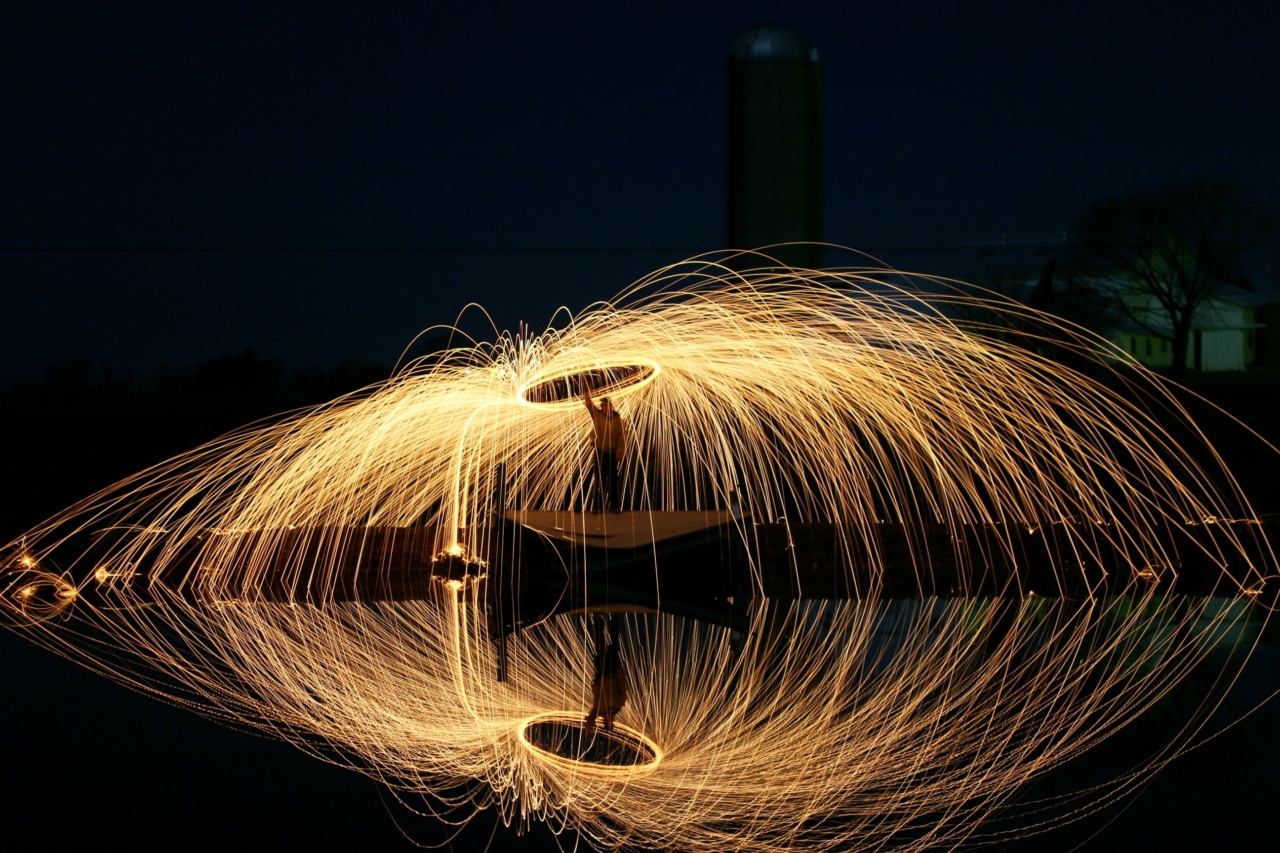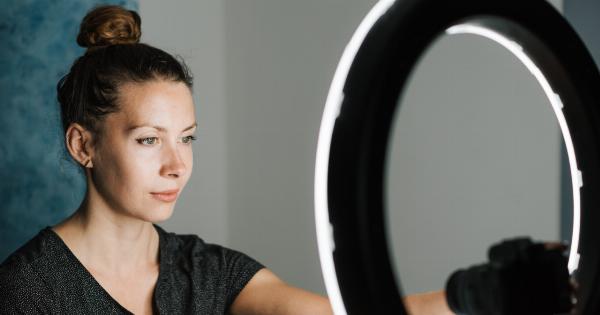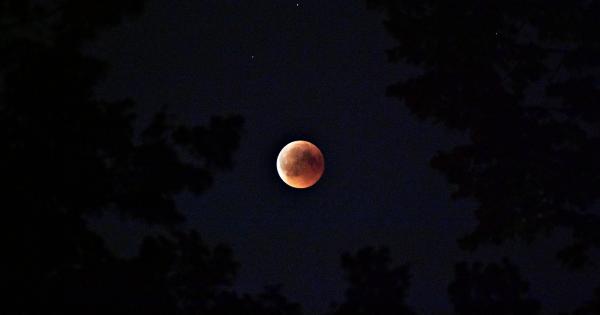Artificial light exposure has become a major concern over the years, especially since the invention of the light bulb. Studies have shown that exposure to artificial light increases the risk of developing various diseases, including cancer.
The overuse of artificial light has significantly affected our circadian rhythm, which regulates our sleep-wake cycle and has a direct impact on our overall health. This article will discuss the relationship between artificial light exposure and the likelihood of developing cancer.
What is Artificial Light?
Artificial light refers to any form of lighting created by humans, such as light bulbs, street lights, and car headlights. Unlike natural light, which is produced by the sun, artificial light is produced by electric sources.
While artificial light has made our lives more comfortable and convenient, it has also disrupted our body’s natural rhythm and has been linked to various health problems.
The Science Behind Artificial Light and Cancer
Several studies have linked artificial light exposure to an increased risk of cancer. This is because exposure to artificial light can disrupt our circadian rhythm, the internal process that regulates our sleep-wake cycle.
When this rhythm is disrupted, it can lead to a variety of physiological changes, including the suppression of melatonin secretion.
A hormone produced by the pineal gland in the brain, melatonin plays a crucial role in regulating our sleep-wake cycle. Research has shown that when we are exposed to light, particularly blue light, the production of melatonin is suppressed.
This suppression can disrupt our sleep-wake cycle, which can have a negative impact on our overall health. Research has also shown that low levels of melatonin have been linked to an increased risk of developing cancer.
Studies have found a link between night shift work and several types of cancer, including breast, prostate, and colorectal cancer. These cancers have been linked to the disruption of the circadian rhythm and the suppression of melatonin production.
In addition to night shift work, exposure to artificial light at night, such as from streetlights and electronics, has also been linked to an increased risk of developing cancer.
The Types of Artificial Light that can Cause Cancer
Blue light is one of the most harmful types of artificial light. Exposure to blue light at night has been linked to the suppression of melatonin production, which can increase the risk of developing cancer.
Blue light is emitted by electronic devices, such as smartphones and computers, as well as by energy-efficient lightbulbs.
LED lights are another type of artificial light that has been linked to an increased risk of cancer. These lights emit a high amount of blue light, which can contribute to the disruption of our circadian rhythm.
While LED lights are energy-efficient compared to other types of lighting, they are not without health risks.
Additionally, exposure to UV light, which is found in tanning beds, can cause skin cancer.
Research has shown that UV radiation is responsible for most cases of skin cancer, and regular exposure to tanning beds can increase the risk of developing skin cancer.
How to Reduce Your Exposure to Artificial Light
Reducing your exposure to artificial light can help reduce your risk of developing cancer. Here are a few tips on how to reduce your exposure to artificial light:.
- Use red lights in your bedroom at night instead of bright lights to avoid disrupting your melatonin production.
- Turn off electronic devices at least an hour before going to bed to reduce your exposure to blue light.
- Use blackout curtains to block out light from streetlights and other sources.
- Avoid using energy-efficient lightbulbs, which emit high levels of blue light.
- Avoid using tanning beds, which emit UV radiation that can contribute to skin cancer.
Conclusion
Artificial light exposure is a growing concern, especially with the increasing use of electronic devices and energy-efficient lighting.
Studies have shown that exposure to artificial light can increase the risk of developing cancer, particularly breast, prostate, and colorectal cancer. The disruption of the circadian rhythm and the suppression of melatonin production have been linked to the development of cancer.
Reducing your exposure to artificial light by using red lights, turning off electronics before bed, using blackout curtains, avoiding energy-efficient lightbulbs and tanning beds can help reduce your risk of developing cancer.





























